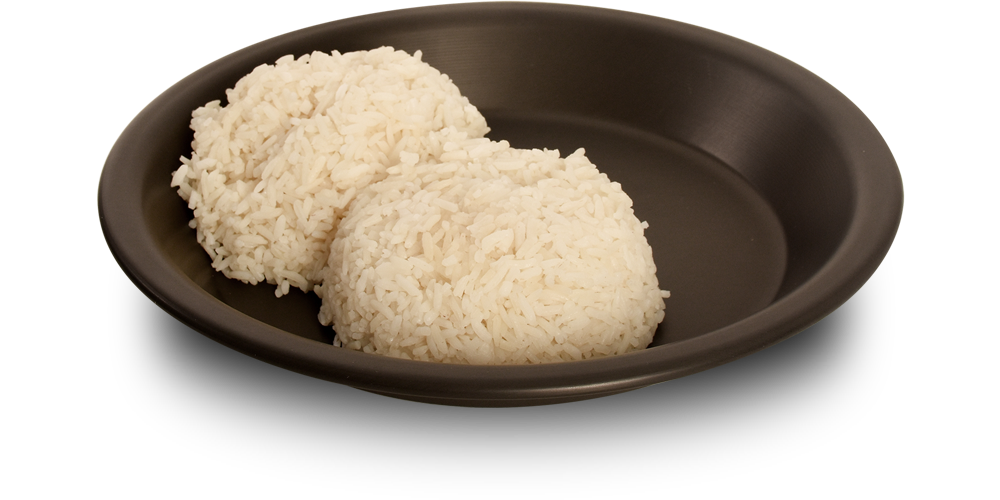Move the slider to the amount of rice you eat in one meal. One bowl of rice has a serving size of about 200g.

This is what makes up your 2 of rice - percentage of approximate daily recommended intake in brackets for average adult*
So, white rice has a high GI of 79. But what does that mean?
The glycaemic index (GI) is a measure of how food containing carbohydrates raises blood sugar levels.
GI, which ranges from 0 to 100, represents how much and how quickly a person’s blood sugar level rises after eating a food containing carbohydrates.
The higher the number, the more the food raises blood sugar level. GI of 70 and above is considered high, while a GI of 55 and below is low.
Food with a low GI can also make you feel fuller for a longer period of time.
Select which item you think has a higher GI.


Glycaemic Index = 72
Glycaemic load = 4
Glycaemic Index = 63
Glycaemic load = 22
Surprise, surprise - watermelon has a higher GI than Coca-Cola. Does it mean you should avoid the juicy fruit? The answer is no - and it has to do with glycaemic load (GL).
Glycaemic load measures both the GI and the amount of carbohydrates in a food. To get the glycaemic load, multiply GI by the amount of carbohydrate in one serving of the food.
So, while a watermelon has a high GI of 72, one (big slice of) serving of watermelon (120g) is mostly water and has a low glycaemic load of four.
In comparison, a 330ml can of Coca-Cola has a lower GI but because of its higher carbohydrate content, its GL is more than 5 times that of the watermelon at 22.
A low GI does not mean that the particular food is nutritious. You should look at the overall nutritional value of the food, of which GI is just one factor. A balanced diet is still the key to good health, and many nutritious foods have a high GI.
Also, foods high in fat might have a lower GI, but eating too much fat can lead to weight gain, and increase the risk of heart disease. For example, potato chips have a lower GI than baked potatoes, but they are not necessarily better for you.
Move the slider to the GI you think is correct for each type of rice.
White Rice
Long grain/Jasmine

Brown Rice
Long grain

Japonica White Rice
Short grain

Basmati
White Rice

All rice types contain two different types of starch - amylose and amylopectin. Those that contain more amylose, such as long-grained rice, have a lower GI.
Move the slider to the GI you think is correct for each type of noodles or pasta.
Mee Pok
Flat Egg Noodles

Bee Hoon
Rice Vermicelli

Spaghetti

Instant Noodles

In general, noodles and pasta have medium GI as they contain gluten - a protein - which helps to slow absorption of glucose by the body.
Test your knowledge - pick the food item with a lower GI.








Want to know about diabetes and GI? Here are some useful tips: